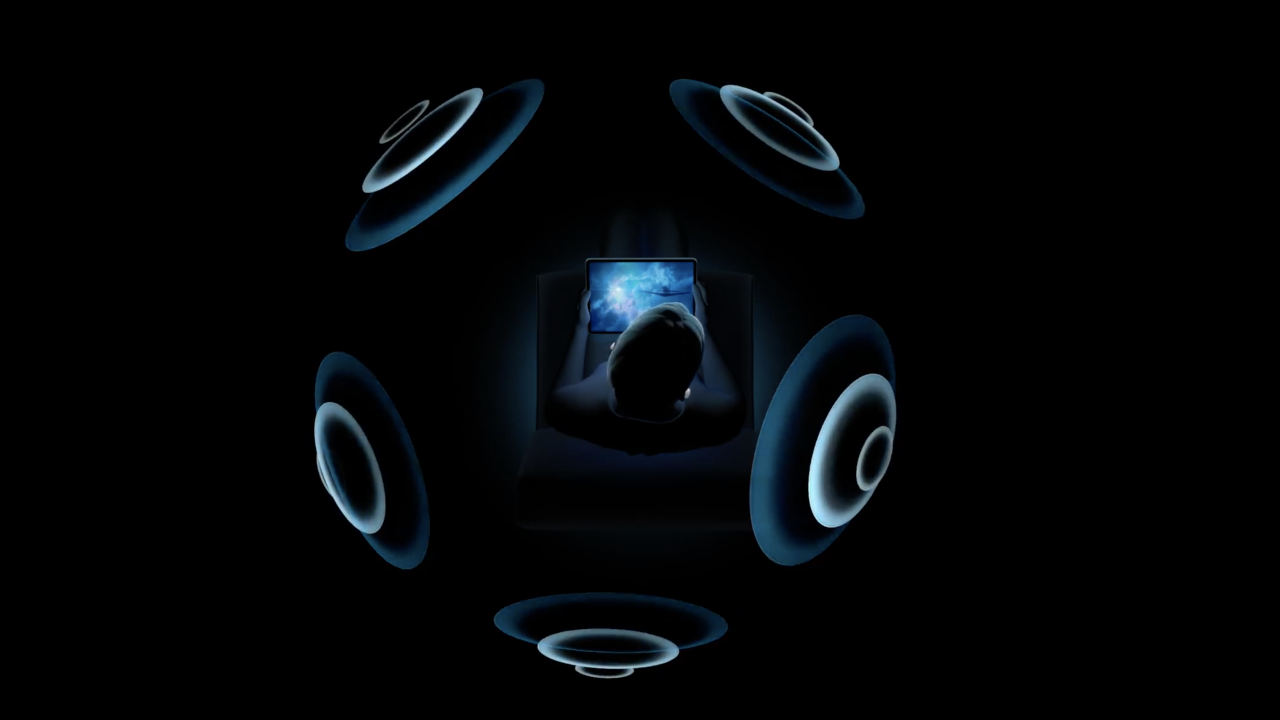
As we reported last month, Apple really, really, really wants musicians to release tracks in Spatial Audio: it's giving those tracks extra weighting in search results to make them more visibility, and it hinted at increased royalty payments too. That hint is now a promise: Apple will now pay 10% higher royalties to tracks released in Spatial Audio, irrespective of how many people actually listen to them.
A new report in 9to5Mac sets out the detail. Apple will calculate royalties "based on the proportion of Spatial Available to Non-Spatial Available", so if every single track is available in Spatial Audio (ie Dolby Atmos) as well as in standard audio, Apple will pay the full 10% extra on the immersive audio tracks.
Apple says that the higher royalty rates reflect the additional work involved in mixing for immersive audio, and that they're also a reward for delivering higher quality content. And of course, it just happens to help Apple sell more hardware, and to encourage listeners to go for Apple Music rather than rivals such as Spotify whose support for the format is more limited.
Is Spatial Audio the format of the future?
It's certainly fun when it's done well and coupled with Apple Lossless. Instead of traditional stereo, where you have just left and right audio channels, Spatial Audio is a 3D format that makes it sound like the music is all around you – and with head tracking in the AirPods Pro 2, moving your head makes different parts of the music more prominent. It's particularly good on more subtle music where it can sound like you're right there in the room with the artist.
Apple's goal here is to massively increase the number of Spatial Audio tracks on Apple Music, and in turn sell more Spatial Audio hardware: AirPods Pro, AirPods Max and second generation HomePods. Apple's own music production app, Logic Pro X, has spatial audio support for artists and producers too.
The move to push the format more aggressively is happening even though it is growing already: the number of spatial audio tracks has increased by nearly 5,000% since the feature was introduced in 2021, and the number of available tracks more than doubled in 2023. The new royalty rates should help increase those figures even more dramatically in 2024.







